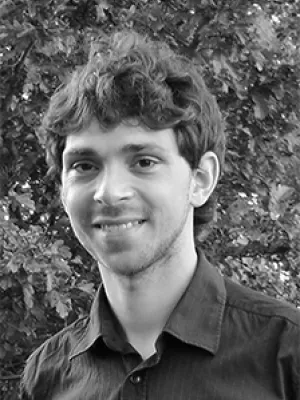
Shai Mulinari
Associate Professor | Senior Lecturer

DRhoGEF2 and Diaphanous Regulate Contractile Force during Segmental Groove Morphogenesis in the Drosophila Embryo.
Author
Summary, in English
Department/s
- Sociology
- Invertebrate Developmental Biology, Udo Haecker's group
Publishing year
2008
Language
English
Pages
1883-1892
Publication/Series
Molecular Biology of the Cell
Volume
19
Links
Document type
Journal article
Publisher
American Society for Cell Biology
Topic
- Developmental Biology
Status
Published
Research group
- Invertebrate Developmental Biology, Udo Haecker's group
ISBN/ISSN/Other
- ISSN: 1939-4586

